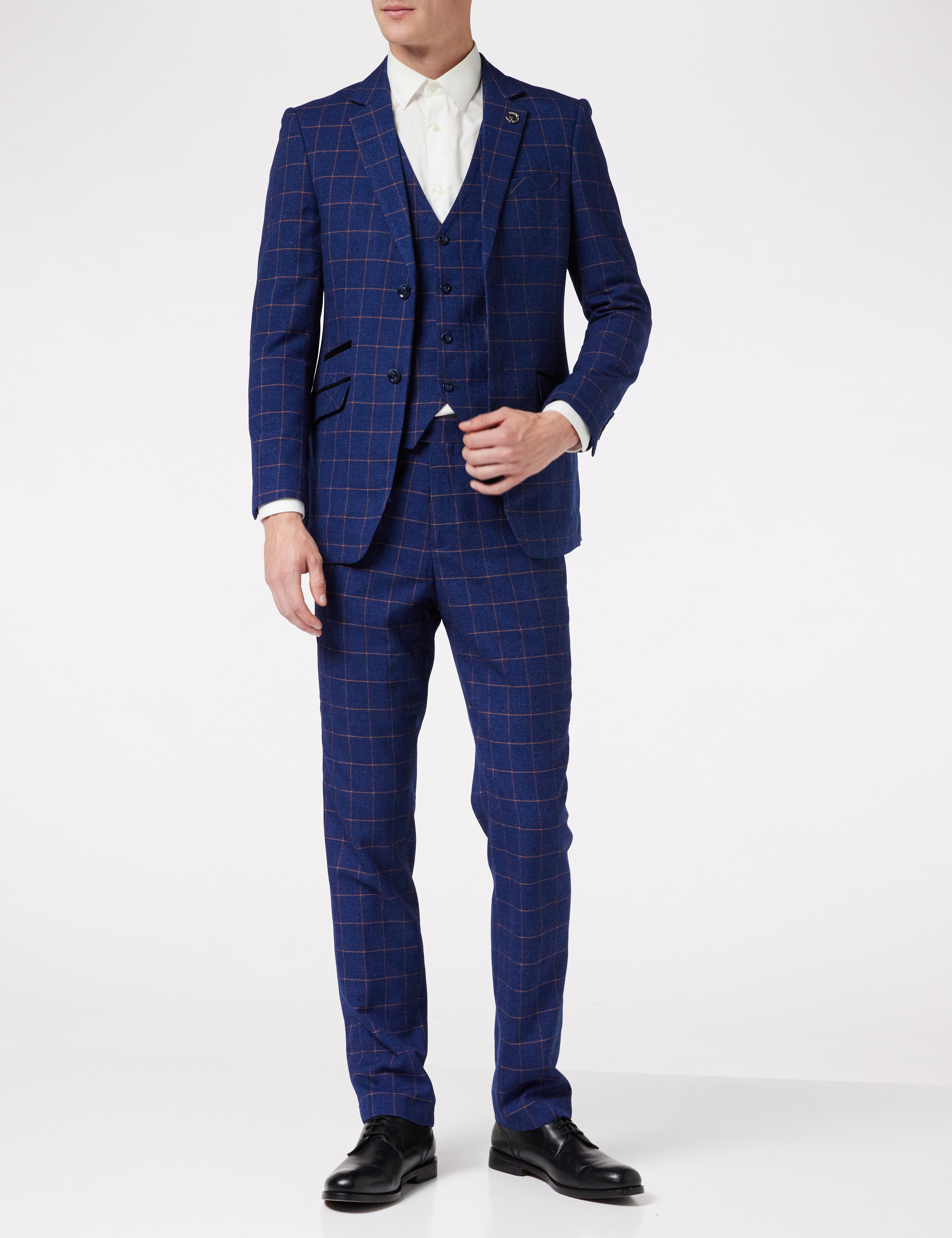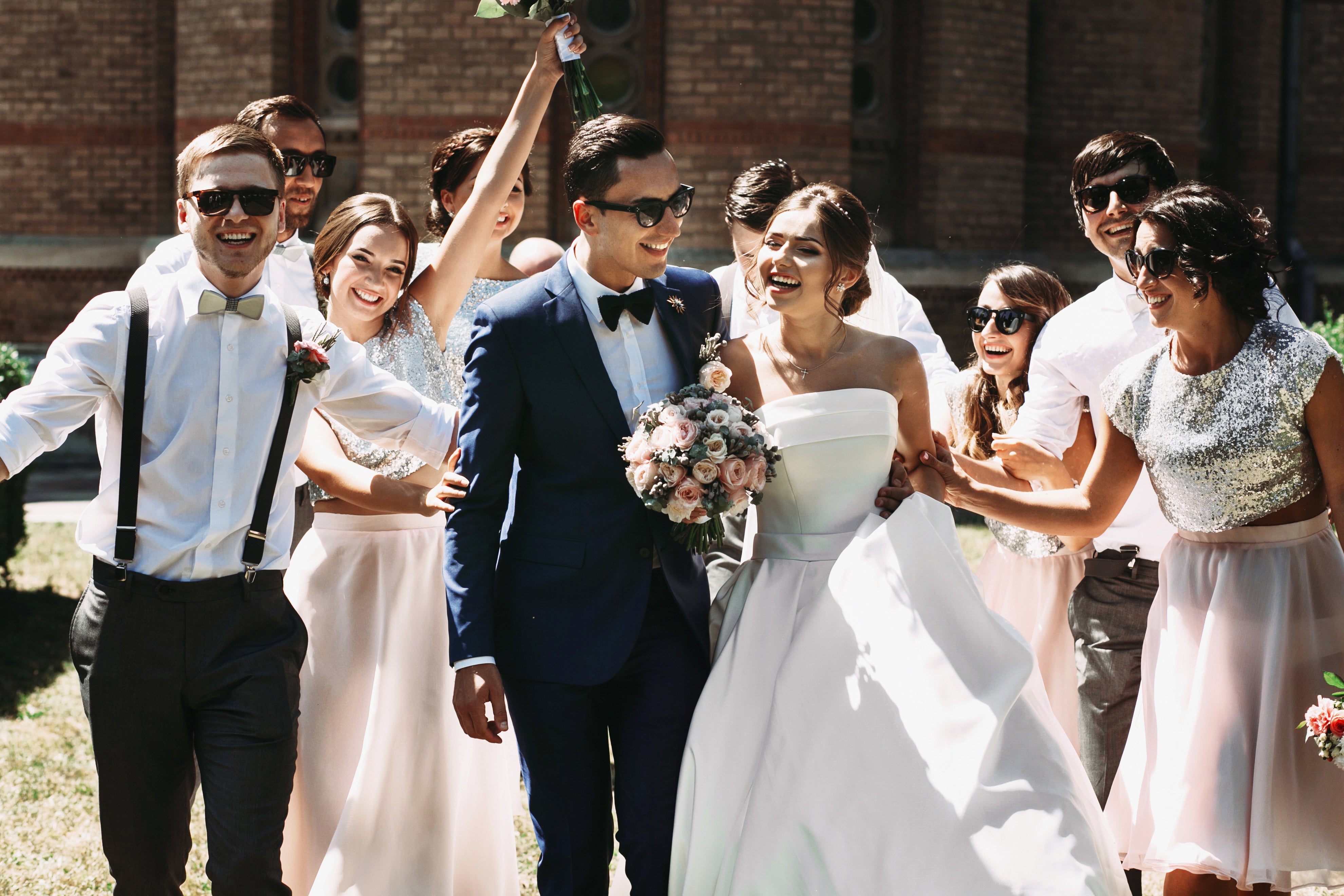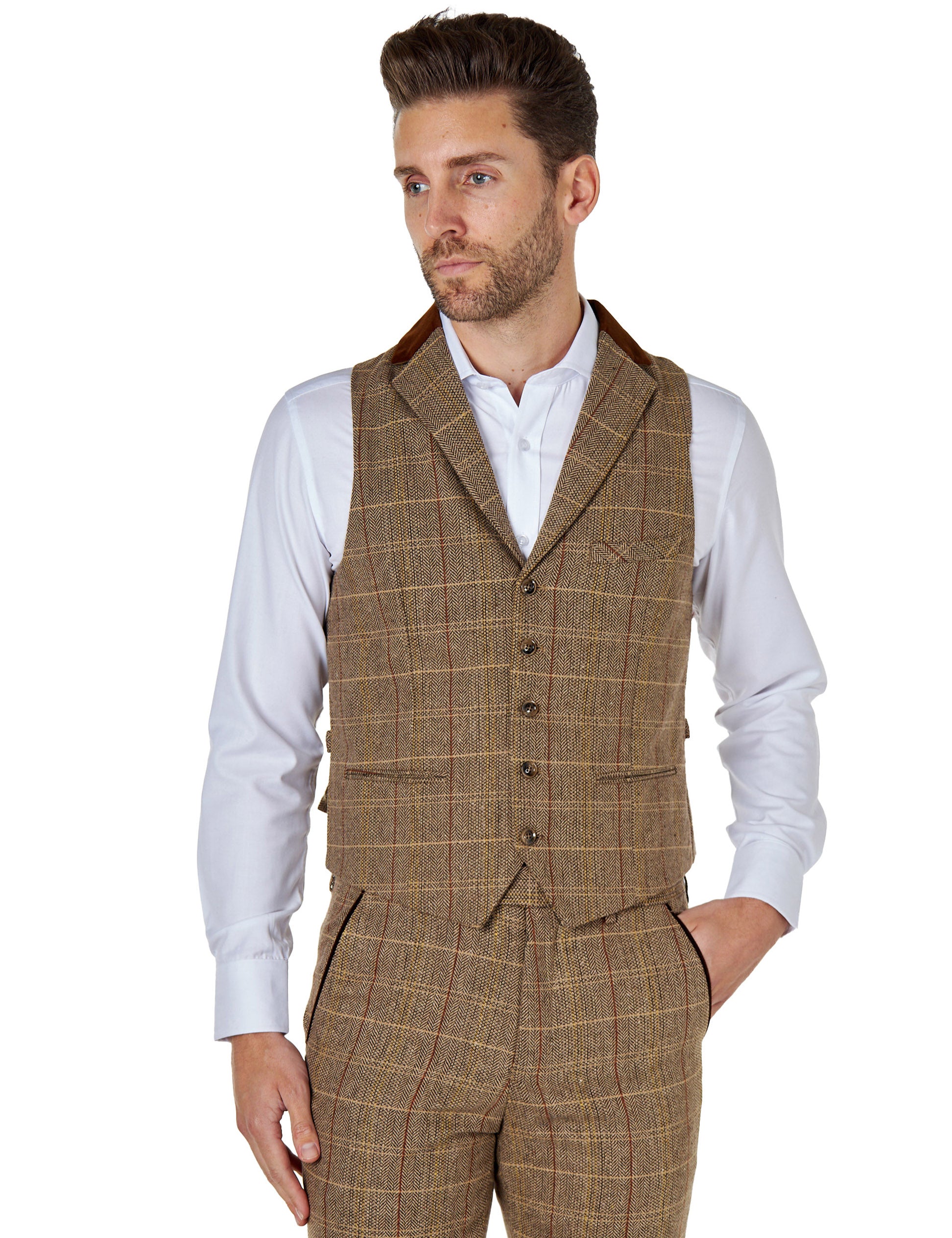How to wear and style a double-breasted suit
Nothing divides opinion in men’s formal style like the double-breasted suit. The double-breasted style constantly seems to come in and go out of fashion, but they never truly disappear because they have their solid adherents who will never tire of the cut. Right now, they’re experiencing a high point, and such is the way fashion moves nowadays that they might just stick around as yet another formal option – how many pictures of David Beckham in a DB do you have to look at before you get it?
Here, we’re going to bust a few myths about double breasted style and give you some pointers towards wearing one correctly. In five minutes you’re going to find out exactly how to wear a double breasted suit, and you’ll probably never look back.
What is a double-breasted suit jacket?
Simply put, a double-breasted jacket is a blazer-type jacket that has two columns of buttons on the front. The origins of the second column were (and remain) purely aesthetic. When buttons started to be used to fasten up a cloak, the two sides would inevitably overlap, so the buttons would run off-centre. The second row of buttons was added simply to bring balance – they are not meant to be functional. There usually is, however, an anchor button hidden on the inside opposite the main fastening column, just to keep everything in place.
Because double-breasted jackets pull further over, the gap between the lapels is smaller than that of a standard single-breasted suit. Of course, single-breasted suits can fasten as high as the tailor desires – the iconic Beatles suits front he early 60s fastened all the way to the neck. But the style generally dictates closer lapels. Also, double breasted suits will usually have a peak lapel rather than a notched one – more on that later.
Are double breasted suits in fashion?
Inasmuch as double-breasted suits never truly went away, it’s fair to say they are having something of a renaissance at the moment. Double-breasted fashion coincides with a time when men are valuing smartness in their wardrobes a little more, and there’s definitely something more fitting in this type of jacket right now.
Narrow waist, wide shoulders
Because of the structure of double-breasted jackets, they can look misshapen if they have the same tailoring as a single-breasted suit. They are pulled more tightly around the waist, so must have more emphasis on the shoulder area to land on the classic upside-down triangle shape. Imagine a double-breasted suit that went straight down or even flared out at the bottom and you'll see the problem straight away – what would happen to the buttons? Keep it slender.
Leave the bottom button
There’s one piece of double-breasted suit etiquette that’s a real sign of you being in the know – and that’s to make sure you leave the bottom button undone. Whether you’re sitting, standing or walking, in wind, rain or sun, that golden rule applies. The bottom button is essentially as ornamental as the dummy buttons on the other side. Don’t ask us why – it’s just a given.
Is a double-breasted suit formal?
There’s a strange double-think that accompanies the double breast. In some respects, it’s all buttoned-up, so can give off stuffy and unapproachable vibes if worn in certain contexts. Conversely, it has slightly rakish connotations, being associated with the golf club and the marina, especially when worn by retired gentlemen. It’s also a favourite of royals, particularly Prince/King Charles, who seems to always have one on. It’s a confusing picture, but overall, it’s not necessarily any more or less formal than a single-breasted suit, especially nowadays. It’s how you accessorise that makes it formal or playful.
Avoid notch lapels
Notch lapels don’t seem to work too well with the double-breasted form, but you do occasionally see them. It’s much more likely that you’ll find a peak lapel on a double-breasted suit, ideally with the lapel itself projecting a little further than the collar part. It emphasises the aforementioned “triangle” form, whereas a notch takes away from it, and can look a little out of shape when pulled further across the body as a double-breasted jacket demands. The peak lapel is the classic style for a reason.
Minimalism works …
If you’ve got a beautiful double breasted suit, you can get away with a simple T-shirt or some light knitwear underneath it. It certainly makes any pretensions of formality disappear, and because you’re probably buttoned up, you’re not showing too much of the undergarment anyway. Alternatively, just go tieless with a shirt and you’re still going to look the part.
… But you can really go large
On the other hand, you can dial up the double breasted style by opting for a flamboyant look to accompany your colourful suit. A patterned shirt and tie, extravagant square and contrasting shoes all add up to a head-turning look that’s just perfect for party season or a friend’s wedding.
Waistcoats are optional
You don’t tend to see much of the waistcoat when a double-breasted suit is fully buttoned, so you can get away with not wearing one. However, a waistcoat will add a sprinkling of class and elegance to your attire. If you’re going unbuttoned or are likely to be removing your jacket, it’s a sound option to get a double-breasted three-piece suit.
A square completes the look
Whether you tend to wear a pocket square, or just spare them for special occasions, you’ll find your double-breasted suit will be more than accommodating. It’s actually a neat little tool to adjust the formality of your dress without having to make too many other changes to the overall look. It just softens the appearance and makes you look more approachable – and the colour and pattern can be used to fine-tune the look.
Unflappable looks at Xposed London
Are you going double-breasted? Whether it’s for your daily attire or a special occasion, you’ll find a sumptuous range at Xposed London. There are the businesslike suits in muted tones, event suits with a splash of colour, and off-the-peg three-piece suits that have the tailored look you’re craving. Now’s the time to check out the range.









